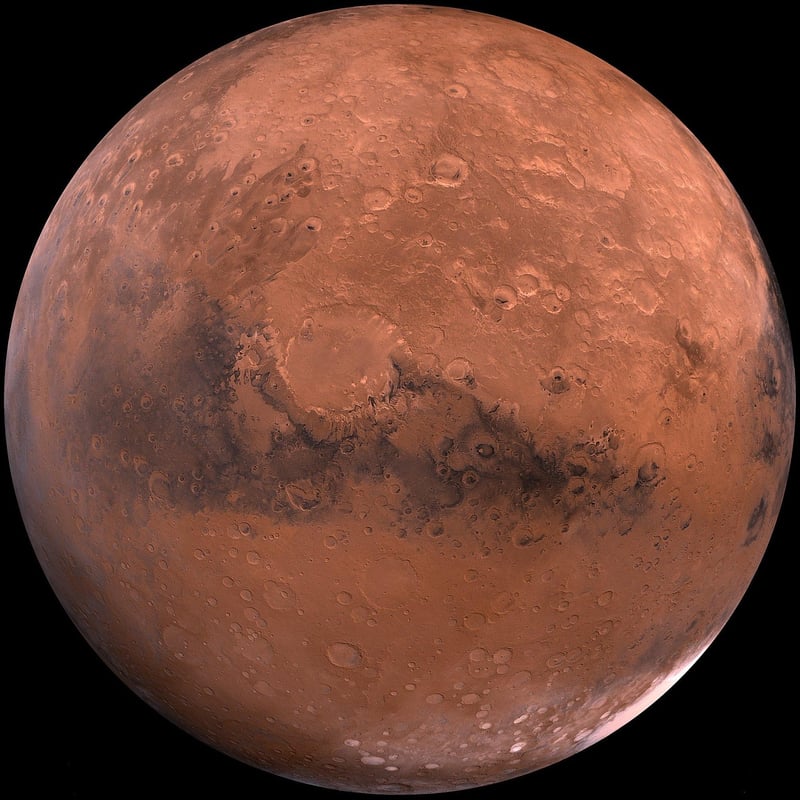Orbital Habitats
Expanding Humanity's Reach with Orbital Habitats
As humanity continues to push the boundaries of exploration and innovation, the concept of orbital habitats has emerged as a fascinating area of focus. These futuristic structures hold the potential to revolutionize the way we live, work, and explore beyond Earth's atmosphere. Let's delve into the exciting world of orbital habitats and how they can expand humanity's reach into the cosmos.
The Vision of Orbital Habitats
Orbital habitats are envisioned as self-sustaining, artificial environments that orbit celestial bodies like Earth or the Moon. These habitable structures can serve as living spaces, research facilities, manufacturing centers, and even tourist destinations in space. By leveraging advanced technology and innovative design, orbital habitats offer a glimpse into a future where humans can thrive beyond the confines of our home planet.
Benefits of Orbital Habitats
The potential benefits of orbital habitats are vast and transformative. Some of the key advantages include:
- Space Exploration: Orbital habitats can act as staging points for deep space missions, enabling astronauts to prepare and refuel before embarking on journeys to distant planets.
- Scientific Research: These habitats provide unique environments for conducting experiments in microgravity, advancing our understanding of biology, physics, and materials science.
- Commercial Opportunities: Orbital habitats open up new possibilities for space tourism, asteroid mining, and satellite manufacturing, creating economic opportunities beyond Earth.
- Sustainability: By developing closed-loop systems for recycling resources, orbital habitats can pave the way for sustainable living in space, reducing our reliance on Earth's finite resources.
Challenges and Solutions
While the concept of orbital habitats holds immense promise, several challenges need to be addressed to realize this vision. These challenges include radiation exposure, life support systems, transportation logistics, and long-term sustainability. Researchers and engineers are actively working on solutions such as advanced shielding materials, regenerative life support systems, reusable spacecraft, and closed-loop environmental controls to overcome these hurdles.
The Future of Orbital Habitats
Looking ahead, the future of orbital habitats is filled with possibilities. From establishing permanent human settlements in space to unlocking the vast resources of the solar system, these habitats offer a pathway to a multi-planetary civilization. By harnessing the power of collaboration, innovation, and determination, we can turn the dream of orbital habitats into a reality and expand humanity's reach farther into the cosmos than ever before.

Excited about the potential of orbital habitats? Stay tuned for the latest developments in space exploration and technology as we journey towards a future among the stars.
